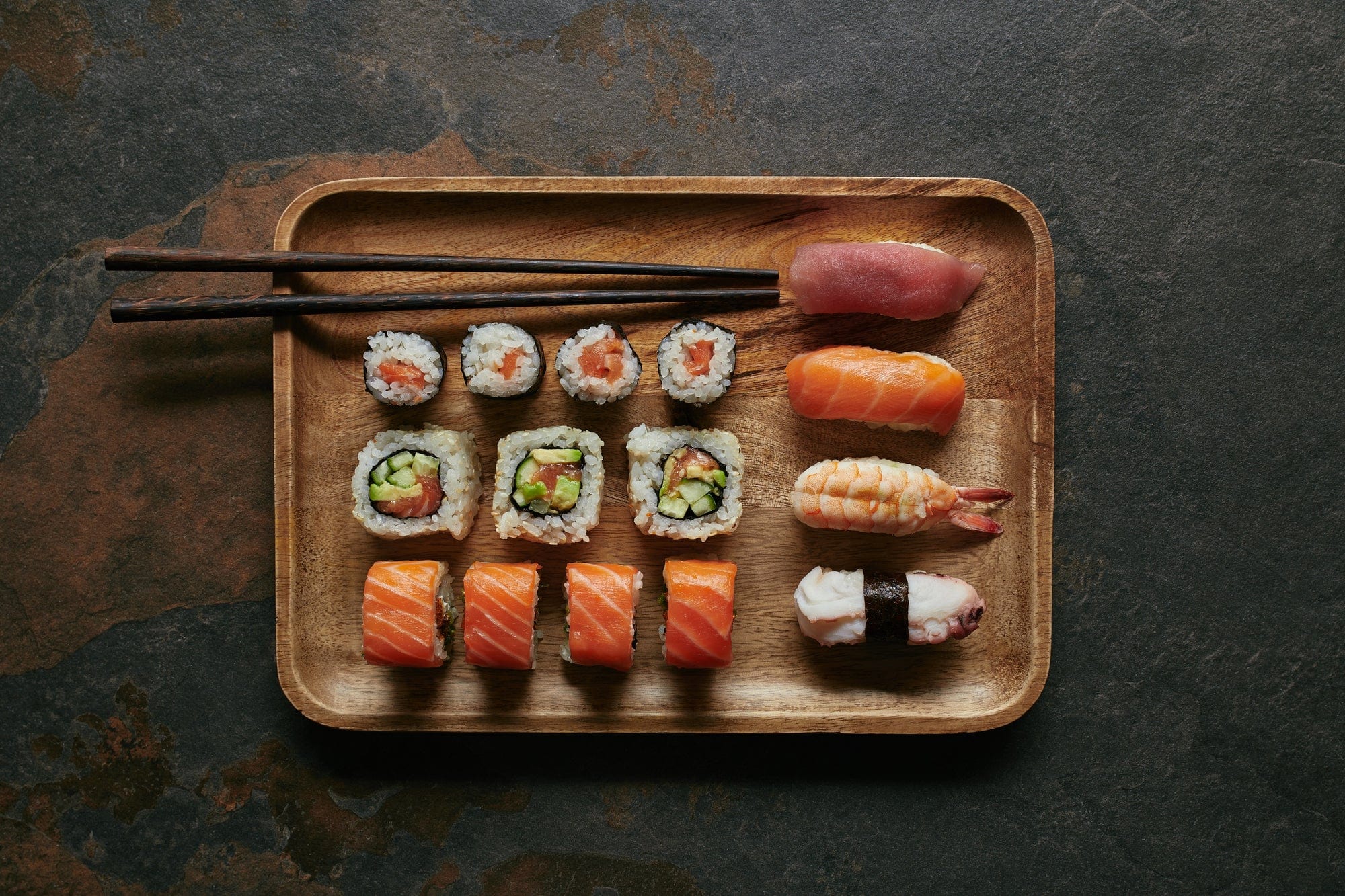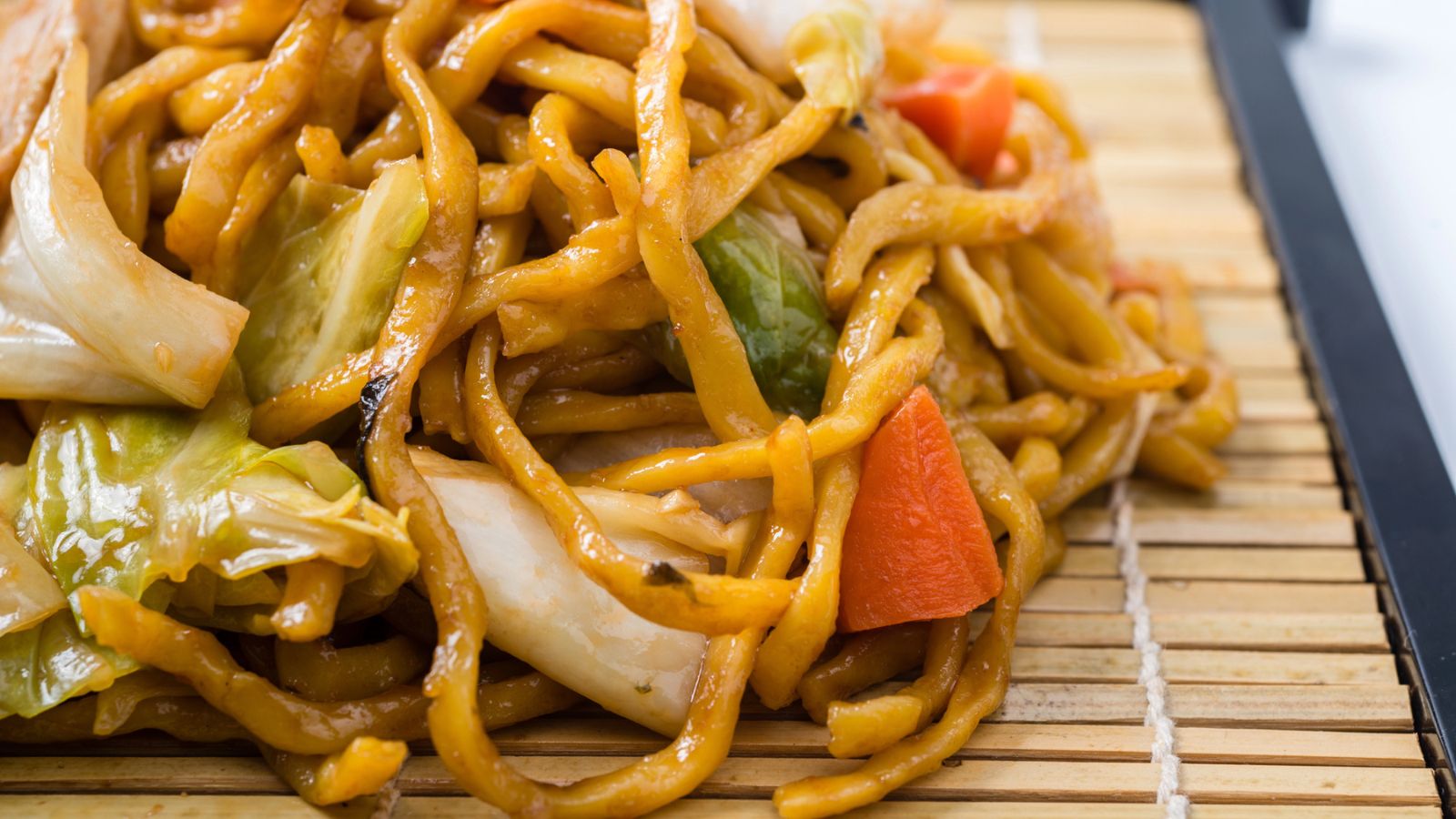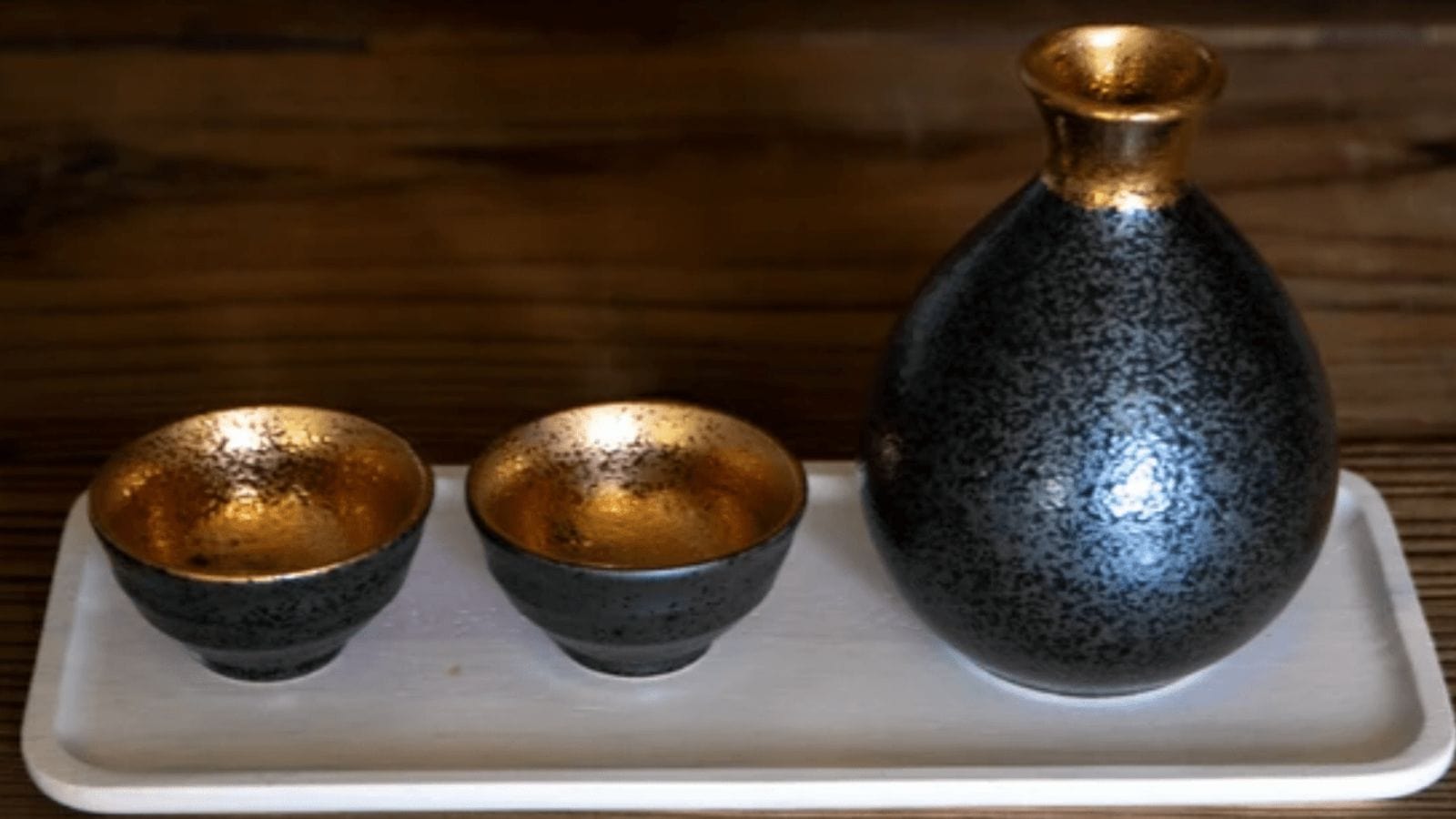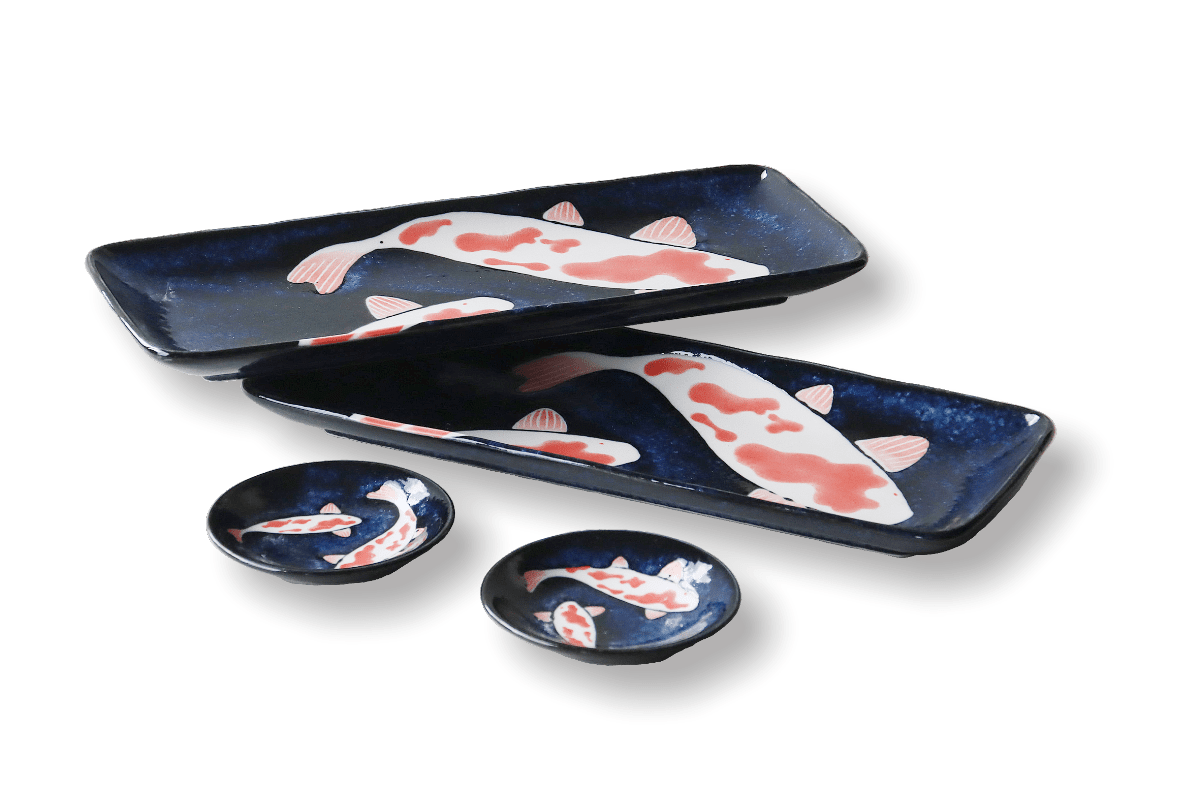Why the Plate Matters as Much as the Sushi
Have you ever noticed how sushi always looks a little more elegant in Japan? It’s not just about the fresh fish or the skilled knife work; it’s about presentation. In Japanese culture, the plate is as important as the food it holds. A carefully chosen sushi plate doesn’t just serve, it frames and elevates the entire dining experience.
For those of us outside Japan, choosing the right sushi plate isn’t just about table setting it’s a way to honor the cuisine and connect more deeply with the culture that created it. Want to make your next sushi night authentic? Explore our handcrafted sushi plate sets today!
Sushi on the Plate: Tradition Meets Design
In Japanese cuisine, mottainai (もったいない – waste nothing) and shun (旬 – seasonal peak) are core ideas. But so is utsukushii (美しい – beauty). Japanese tableware, especially sushi plates are crafted with these principles in mind.
Common Types of Sushi Plates
- Long Rectangular Plates (長角皿 – chōkakuzara): The most iconic style, perfect for lining up nigiri or showcasing a row of maki.
- Wabi Sabi Trays: Ceramic or wooden trays embracing wabi-sabi (侘寂) the beauty of imperfection.
- Wood Grain Platters: Ideal for temaki or chirashi, adding warm, natural texture.
- Sauce Dishes (shōyu-zara): Often included in authentic Japanese sushi sets, used for soy sauce or wasabi.
- Artful Patterned Plates: Featuring traditional spring blossoms or Japanese textiles motifs.
Materials and Craftsmanship: What’s Your Plate Made Of?
Japanese sushi plates aren’t mass-produced at random. The best are crafted with purpose, often by regional artisans using centuries-old methods.
Popular Materials
- Porcelain (jiki – 磁器): Delicate, often used for formal settings and detailed painting.
- Stoneware/Ceramic (tōki – 陶器): Earthy, durable, and common for home use.
- Wood or Bamboo: Lightweight and rustic; often hand-lacquered or carved.
The Role of Plating in Japanese Cuisine
Sushi chefs in Japan are trained not just in flavor, but in moritsuke (盛り付け) the art of food arrangement. A well-designed sushi plate supports this by:
- Offering space between pieces for visual harmony
- Highlighting color contrast between plate and food
- Supporting seasonal mood with texture or hue
- Guiding the diner’s gaze and flow of tasting
Curated Sushi Plate Sets: Beauty in Harmony
Many artisans and brands offer sushi plate sets and collections that include:
- Matching rectangular plates
- Coordinated sauce dishes
- Chopsticks with aesthetic unity
- Optional bowls for gari (pickled ginger) or wasabi
Look for sets packaged in elegant gift boxes for housewarmings or cultural gifts.

How to Choose a Sushi Plate: Tips from a Friendly Expert
- Shape & Size: Long and narrow for maki/nigiri, shallow for chirashi, trays for casual dining.
- Material & Finish: Ceramic for tradition, porcelain for formality, wood for warmth.
- Craft Origin: Seek Japanese-made plates from regions like Mino, Seto, or Arita.
Brand & Quality Considerations
Look for trusted brands and craftspeople known for:
- Japanese heritage and pottery expertise
- Features in design or culinary media
- Visible handmade details (glazing, stamping, brushwork)
While machine-made plates are available, artisan-crafted sushiware carries the mark of culture, story, and soul.

Bringing the Aesthetic Home
Pair your sushi plates with:
- Japanese chopsticks (often lacquered or patterned)
- Ceramic sauce dishes
- Sake cups or matcha bowls
- Linen runners or trays inspired by Japanese textiles
These elements turn a simple meal into a serene, elegant experience.
Final Thoughts: A Plateful of Culture
Next time you reach for takeout sushi or prepare your own, consider the story it tells and the hands that made it.
Let that first bite begin not with the fish, but with the plate beneath it.











Share: